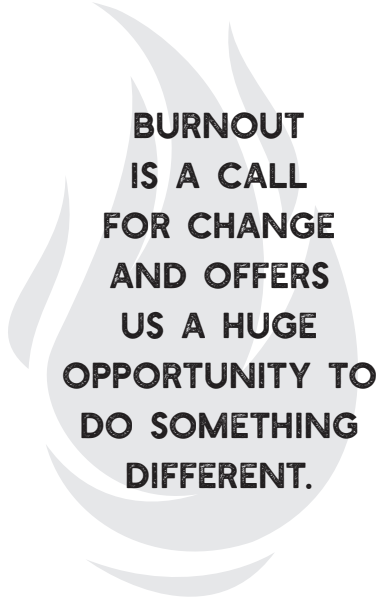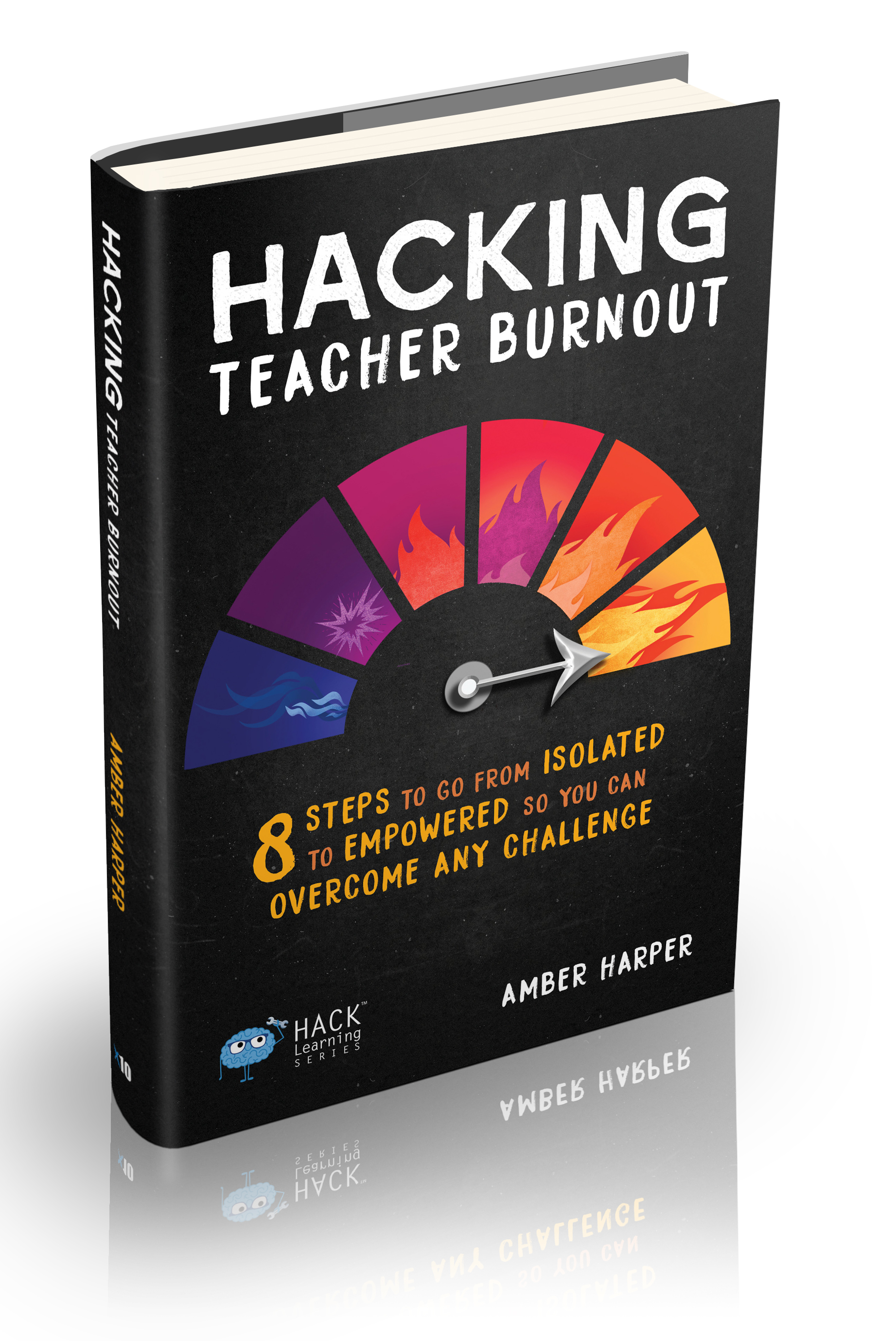Set Longterm Goals and Overcome Teacher Burnout
Aug 19, 2023
Teaching is challenging. As you advance through your career you are bound to face challenges that may seem impossible to overcome. But, no matter what roadblock or crisis you face, you can tap into the power of setting goals and planning, defining your future, and continuing to focus forward when times are tough.
As a teacher struggling with burnout, you must have a strong desire to change your life and a strong plan of action. We deal with constant change and challenge, but when you can look through those things and continue to focus on your goals, you’ll know you’re on the right path.
To keep burnout at bay as we begin returning to school, it is important to identify our longterm goals. These goals:
- Push us ahead and give us a path to follow
- Turn huge mountains into walkable, rolling hills
- Help us believe in ourselves and our possibilities
- Keep us focused on what we truly want
- Help us live the happiest, most fulfilled life possible
- Hold us accountable when we fail
It is important to remember that these are your goals. Craft them in your own way, in your own style. You have full autonomy to be creative and dream big.
Setting goals is not a habit to revisit one time a year. We should be continually thinking about our progress toward our high priorities and the activities that are vital to our growth and happiness. Setting goals means you’re striving to do and be what is best for you and those you serve. It is important that you stick to your goals so you can initiate lasting change.

Just setting goals and having the best intentions won’t get us where we want to go as teachers or in our lives outside of teaching. After defining your personal and professional goals you may find yourself saying, “Now what?”
Beating burnout so you can be your best this school year requires you to be an active participant in your life; therefore, putting you in the driver’s seat in the same car where you used to be a passenger in the backseat. And, just like a vehicle’s driver, you must know your destination (your goals) and have a plan for how to get there (your directions), as well as a reason for going (your purpose).
What You Can Do Tomorrow
Make a Calendar. Set aside time each month (using a calendar reminder) to go through the BURNED-IN process, reassess your goals, and readjust your steps.
- Page 1: Prioritize your personal goals and number them (you can change the priority at any time).
- Page 2: Prioritize your professional goals and number them.
Page 3: Select your number-one personal goal and write it down (this will be your personal goal to focus on for the next one to three months). - Page 4: List the action steps you’ll need to follow with guided flexibility to achieve each goal.
- Page 5: Make a list of smaller tasks to complete the steps.
Repeat this either on the last day of each month, or the first. It’s up to you. Put a reminder in your calendar to get this done. You’ll be surprised at how much focus this creates.
Make time each week for a weekly check-in with yourself. Do this practice every Sunday night to help you sleep better the night before your week begins.
- Title your document “Weekly Planning Brain Dump” and add subtitles for your Three-Month Personal Goals and Three-Month Professional Goals.
- Below each, write down what tasks you’re going to do that week to reach your three-month goals.
- Make a list of personal and professional events coming up that week.
- On the next blank page or in your preferred planner or calendar, list out each item you will strive to complete each day, Monday through Friday.
The real power behind this practice comes when you can look back at the progress you’ve made along your journey.
Set aside a few minutes each day to review your plan and progress. Take a moment each day to look at your calendar and see what is going on. Using these steps you can evaluate your progress.
- Each morning, start a new blank page and date it. Write out “Professional Goals” and “Personal Goals” at the top.
- Write:
- Three things you’re grateful for
- Two things you’re going to check off your task list (from your monthly or weekly journal) today
- One affirmation or quote you’re going to focus on throughout the day
- Close your eyes, take a deep breath, and envision an ideal day. Expect challenges and times when things won’t go your way. Breathe out your tension, worry, and anxiety.
- Write down a positive affirmation about how your day is going to go.
- Each night, go back to your page from the morning. Reread your morning gratitude and goals. At the bottom, record:
- What went well?
- What could have been better?
- Close your eyes. Take a deep breath and be grateful for another day. Smile. You’re taking big leaps in your life with these small steps each day.
-
Say, “Tomorrow is another day for me to try again,” or use another statement that puts you in control of you. Again, do what works best for you. The important thing is to start something and be consistent in whatever you choose to adopt or create.
Getting out of burnout is no easy task, but by taking the steps to beat burnout you can start this next school year as the best version of yourself. The results are worth the hard work. You are worth the work it takes to become a happier, healthier, more fulfilled human being.






